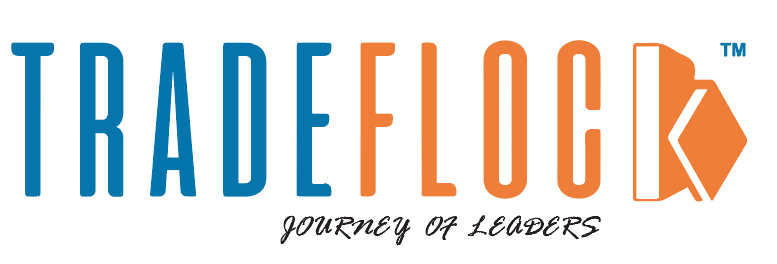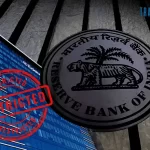Credit cards have revolutionized the way we make transactions. These universal cards provide cashless transactions secured using a four-digit PIN. Credit cards also offer an opportunity to establish your credit history and achieve a better credit score.
Unfortunately, credit card scams have become rampant. Reports show over 60% of credit card holders in the United States have been fraud victims. Therefore, it’s important to take proactive measures to protect your card payments. Continue reading to uncover potential solutions.
Table of Contents
What is Credit Card Fraud?
Credit card fraud is a scam committed by a criminal using a credit or debit card. In most cases, scammers gain unauthorized access to the holder’s card information. They use this information to make unauthorized transactions or purchases. Below are some common ploys used by scammers to perpetuate credit card fraud:
- Promising to lower card interest rates.
- Promising to increase your credit score.
- Requests to participate in charity donations.
- Using skimming devices.
- Scaring the target with arrest phone calls.
Preventing Online Credit Card Scams
Although credit card scams can be costly, they are preventable. Here are some common measures to help you stay ahead of scammers:
1- Secure Your Card Information
This should be your first line of defense when it comes to preventing credit card fraud. Scammers can access your vital payment card information like cardholder’s name and PIN to make unauthorized purchases. As such it’s vital to be careful when sharing this information online.
Ensure that your credit/debit card PIN isn’t easy to predict. Always avoid using predictable numbers like your year of birth or 1234. Instead, use random sequences because they are harder to guess. Experts also recommend updating your card PIN at least twice yearly to keep your account safe.
Other card protection measures include:
- Use a password manager to save your passcodes.
- Your credit card PIN should contain 9 or 12 random digits.
- Don’t use websites that auto-save credit card information.
- Don’t read out loud your card number or PIN in public.
- Protect your online accounts using two-factor authentication.
2- Only Transact on Secure Websites
According to reports, online retailers lost $380 million to fraud-related activities in 2022. This means even the most secure websites can be victims of fraudulent activities or hacks. But still, it’s vital to carefully consider the website’s security features before transacting. Websites like Amazon and Walmart often have stronger card protection measures.
Start by confirming whether the website uses trusted encryption technology like SSL, TLS, or HTTPS. Secure sites have a “padlock” sign on the URL link. Once you confirm that the website is secure, do background research on social media, blogs, Google, and other platforms. And yes, you should beware of money transaction websites without ID verification.
3- Use Credit Card Alternatives
Using credit card alternatives may not be the best solution. This is especially true when looking to improve your credit score. However, some situations may force you to consider other options. Usually, these options are more secure and convenient to use than credit cards.
For example, online gambling is now regulated in nearly half of the states across the US. While most online casinos support card deposits, some may not support withdrawals using this payment method. You may need to use a different method to cash out winnings.
E-wallets like PayPal and Zelle offer more secure online transactions than credit/debit cards. With these wallets, you don’t need to provide the merchant with any personal or card information. You can also use smartphone apps like Apple Pay and Google Pay which don’t share card details. There are numerous options to consider.
4- Beware of Phishing Scams
Phishing is the most used method to launch credit card attacks. A recent report revealed that 36% of data breaches are a result of phishing attacks. The reveal further added that a total of 3.4 billion emails are sent out by scammers daily. With technologies like Artificial Intelligence gaining momentum, phishing is likely to become more rampant.
In this type of scam, attackers send out emails and text messages to steal your credit card details. For example, an attacker can claim that there’s a problem with your credit card system and ask you for personal details. They might also trick you into clicking an email link to claim a reward or make payment.
Thankfully, there are several ways to avoid phishing scams. They include:
- Confirm the link on the email using your browser.
- Avoid opening emails from unknown sources.
- Call the sender to confirm the email is genuine.
- Don’t click suspicious links on your email.
- Don’t open email attachments like Word or PDF.
5- Don’t Use Public Wi-Fi
Finding a fast public Wi-Fi somewhere may feel like striking some luck. However, these internet connections come with huge security risks. A recent report by Forbes revealed that 40% of respondents who used public Wi-Fi had their information compromised. Even worse, 20% of respondents used public Wi-Fi to conduct online payments.
These Wi-Fi networks are known to be hiding places for hackers and scammers. They can launch MITM (man-in-the-middle) attacks which compromise network privacy and security systems. So, it’s safer to steer clear of public Wi-Fi, especially when conducting online payments with your credit cards. Alternatively, use a VPN to mask your online footprints or your smartphone’s hotspot.
Conclusion
With more people accessing credit cards, attacks are becoming more common. But with the fraud protection tips discussed above, you can stay one step ahead of potential scammers. Always remember to contact your credit card provider immediately after a suspected fraud. The issuer will freeze your account and investigate any unauthorized payments. Stay safe!





